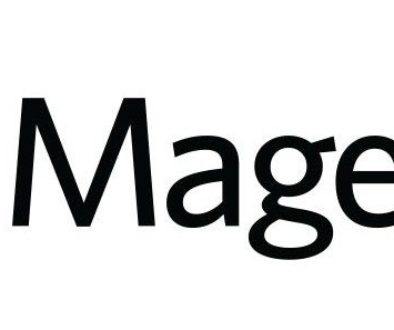Magento SEO mistakes and tricks
Congratulations! Your Magento e-commerce website is up and running and you’re ready to start selling – but how do you attract people to your website? You can hand out flyers, or advertise in print media to get your name out, but to really succeed you need to show your site to those potential customers who are already online using search engines, like Google or Bing, to find websites like yours, so they can buy exactly what you’re selling. How do you get your website to appear for those searches?
SEO stands for Search Engine Optimization which means making your site most “attractive” to search engines. The ultimate goal is to garner a high ranking for your site. Ranking means this: When someone searches Google for “Blue Armani tie” the organic results appear in a list, with 10 results on each page. For the given search term, the first result is considered to have the number one rank, the second result is considered number two, and so on. Obviously, having a high ranking is very important to your bottom line; your customers first must find your store before they can purchase your products. Ranking is even more vital when you consider that one recent study found that in more than 8 million searches, fewer than 6% of people ever clicked through to the second page or beyond.
So how to get your Magento SEO optimized? I’ll cover some of changes you’ll need to make to the default settings so your site is more search engine friendly. The first few fixes are simple enough for even the most inexperienced user and I’ll move on to some more advanced ideas as we go on.
Magento SEO, Most Simple: Renaming Some Default Fields.
The first change every storeowner should make is to change the default name of his home page. This field will be pre-filled with “home” and you should change it to something more appropriate like “Your Store Name – www.storename.com” so that search engines will know to show your website as a result when suitable searches are queried. Likewise, the logo that appears in an upper corner of your site has the default name “Magento Commerce”; change it.
The next segment of fixes is dedicated to avoiding duplicate pages. Duplicate pages are, as the name suggests, either copies of the same page, or pages that have the same content even though they have different URL’s (like two different pages showing the same search results but sorted differently). Search engines will reduce the rank of a site that they determine is showing duplicate pages, so this should be avoided at all costs. All of this means that you need to be sure that the default description field (which can found at System > Configuration > General > Design > HTML Head > Default description) for your site is blank, and that your meta keywords are changed from the default to something more fitting.
More difficult
The default settings for Magento e-commerce sites include a NOINDEX, NOFOLLOW setup which tells search engines not to bother indexing these sites during the development stage. This must be changed to read “INDEX< FOLLOW” by going to System > Configuration > General > Design > HTML Head > Default robots
These basic techniques are just the tip of the iceberg when it comes to Magento’s SEO capabilities, but even these simple changes can radically increase conversions.


